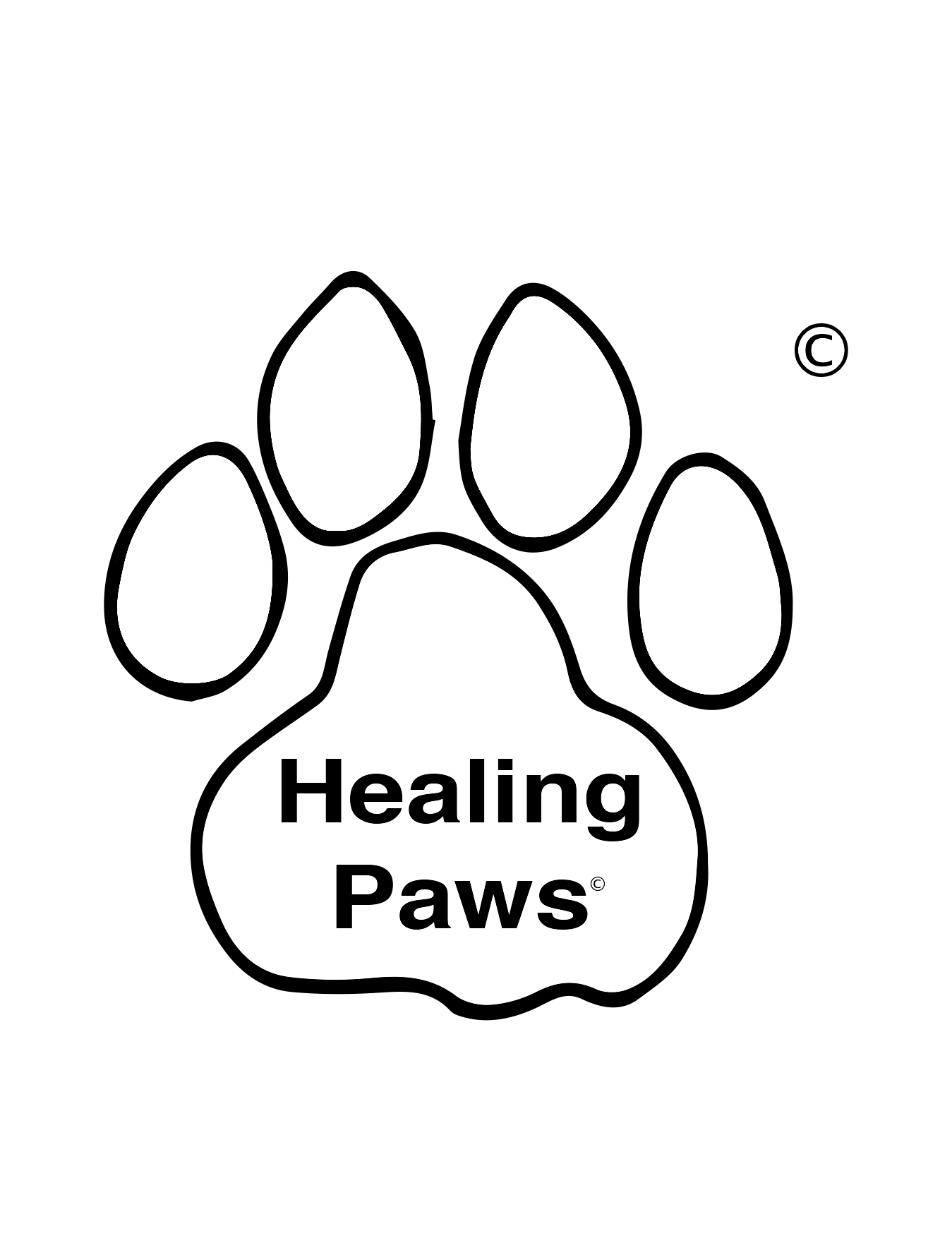FAQS about Animal Assisted Interactions (AAI)
What is the current terminology being used to describe this work?
In the field, the terminology has shifted to Animal Assisted Interactions, or AAI. This is the short-hand version of Animal Assisted Activities (AAA) and Animal Assisted Therapy (AAT). It encompasses both AAA and AAT under one “umbrella”.
What is the difference between AAA and AAT?
What are some of the benefits of AAA/T?
- Serves as a motivator in goal-oriented therapeutic interventions
- Serves as a communication bridge between the individual and staff
- Increases self-esteem
- Decreases feelings of institutionalization
- Diverts attention when pain and discomfort may figure prominently
- Provides a positive outlet for energy
- Provides an opportunity for safe and pleasant touch
- Brightens an individual's mood
- Fosters the ability to nurture and play
- Decreases stress in patient or client being visited
- Decreases stress of visiting family members and friends
- Provides empowerment for individuals in an environment where they have little power and control
Animal Assisted Activities (AAA) are entertaining, educational, and/or motivating.
They are delivered by specially trained professionals, para-professionals, and/or volunteers along with their animals who meet specific criteria. AAA can be shows of entertainment, speaking in school settings, or social visits from room to room in health-care settings. It is not necessarily goal-directed, but is very therapeutic in nature.* More recently, AAA has proven to be quite beneficial at some of the larger airports around the United States. Teams visit waiting passengers with the therapeutic goals being distraction, relaxation, and joy.
Animal Assisted Therapy (AAT) is goal-directed intervention in which a therapy animal is an integral part of the clinical treatment process. It is directed by a health or human services professional with specialized expertise and within the scope of his/her profession. It is done in the form of one-on-one, group, or co-treatment settings. Charting is completed by the health or human services professional.*
*AAA and AAT definitions and Benefits taken from "Standards of Practice in Animal Assisted Activities and Therapy," Delta Society®, November 1996.
Q.How do I know if my animal is suitable for therapy work?
A. Your animal must be comfortable around unfamiliar people, unusual sights, and not be aggressive toward other dogs or other animals. But, that’s not all. You, as part of the therapy team, must be aware of your dog’s strengths and weaknesses with people, situations, and other animals, and handle your animal in a manner that supports your animal’s best behavior. Your animal needs to enjoy the interactions, not just tolerate them. You, the handler, need to know how to allow some, but not all interactions, and know how to make that distinction.
Q.How can I provide AAI with my pet?
A. Prepare yourself and your animal for this work:
Take therapy-focused training classes from a qualified instructor.
A. Complete the therapy team requirements of a reputable therapy animal organization.
Project Canine
Search for a reputable therapy animal organization* in your community.
Q.What makes for a reputable therapy animal organization?
A. An organization that provides:
Handler training that includes:
Animal stress signs - over and covert
How to handle animals around different populations
Risk management
Infection control
Confidentiality
Veterinarian requirements
Grooming requirements
Therapy team evaluation - evaluates both ends of the leash/lead, not just the animal
Therapy team renewal evaluation on a set schedule
